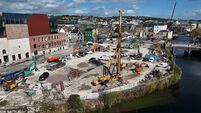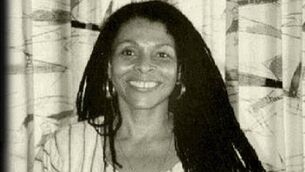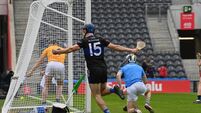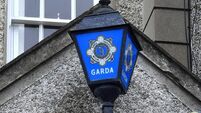Michael Moynihan: Frank O’Connor’s book cover images show Cork life through a lens
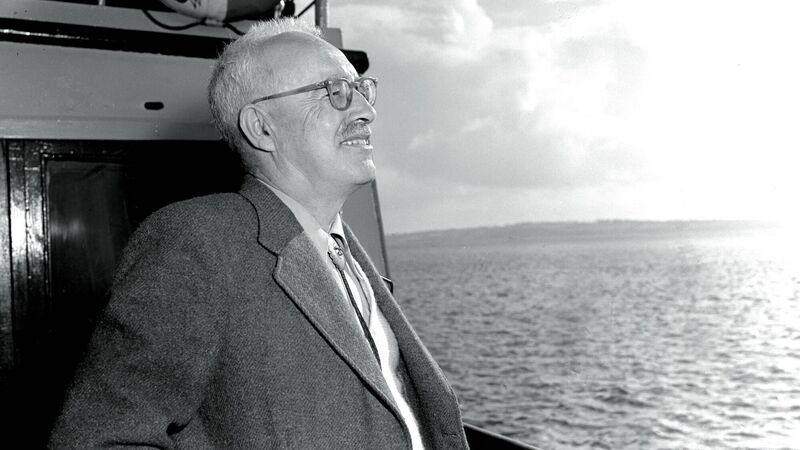
Cork author Frank O'Connor. His stories about the Cork he grew up in are often claustrophobic, with all the petty snobberies born of narrow streets,
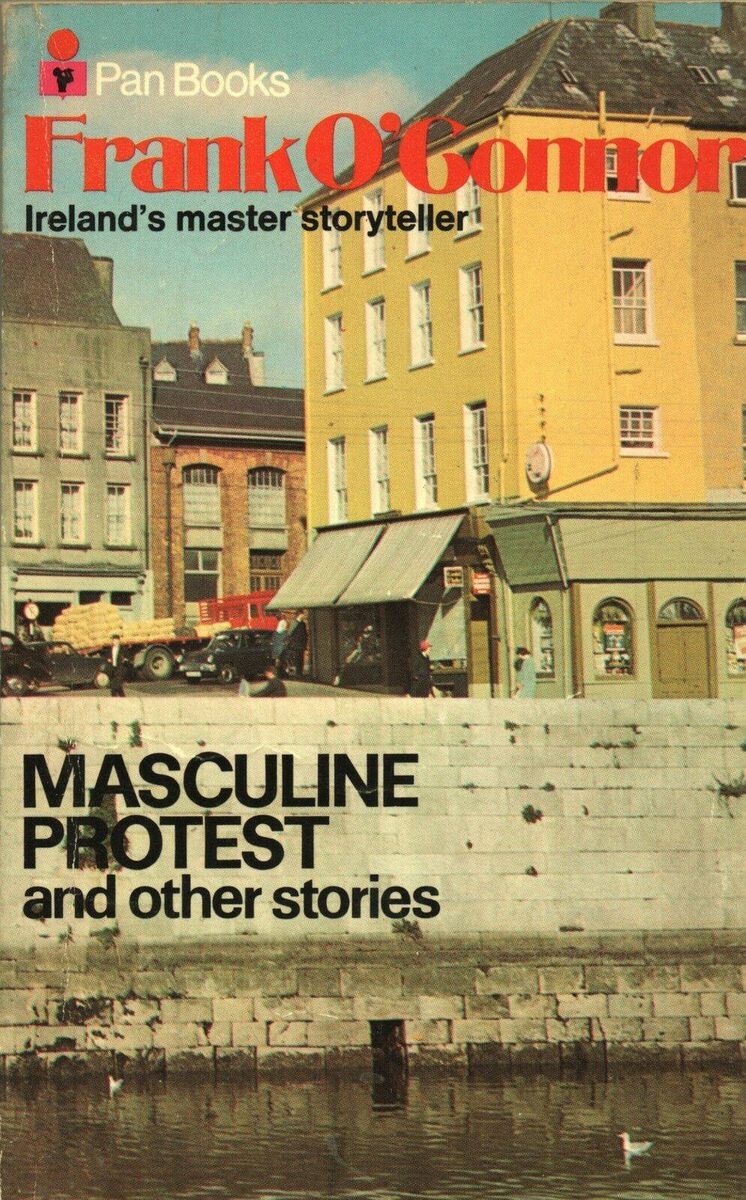
Memory and O’Connor combine to help to construct one of your columnist’s narrowly-focused obsessions. I refer to those evocative photographs of Cork which adorn the Pan Books collections of his short stories; my interest goes so deep that I wondered if the folks at Hairy Baby might put some on a T-shirt until they reminded me of the small matter of copyright.
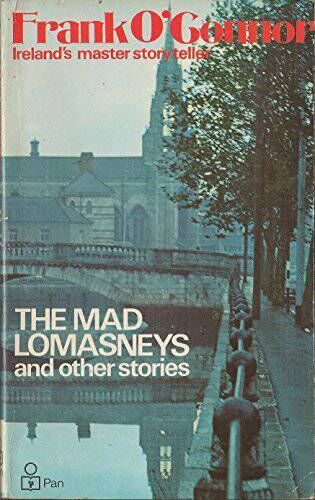
A good comparison, one which sums up the attraction, would be the difference between the covers of The Mad Lomasneys and Masculine Protest. In the latter Nosey Keeffe’s shop at the bottom of Shandon Street is lit by sunshine, a stark shadow cast by its awning; it’s so bright that the stones of the quay wall can be made out on an individual basis.
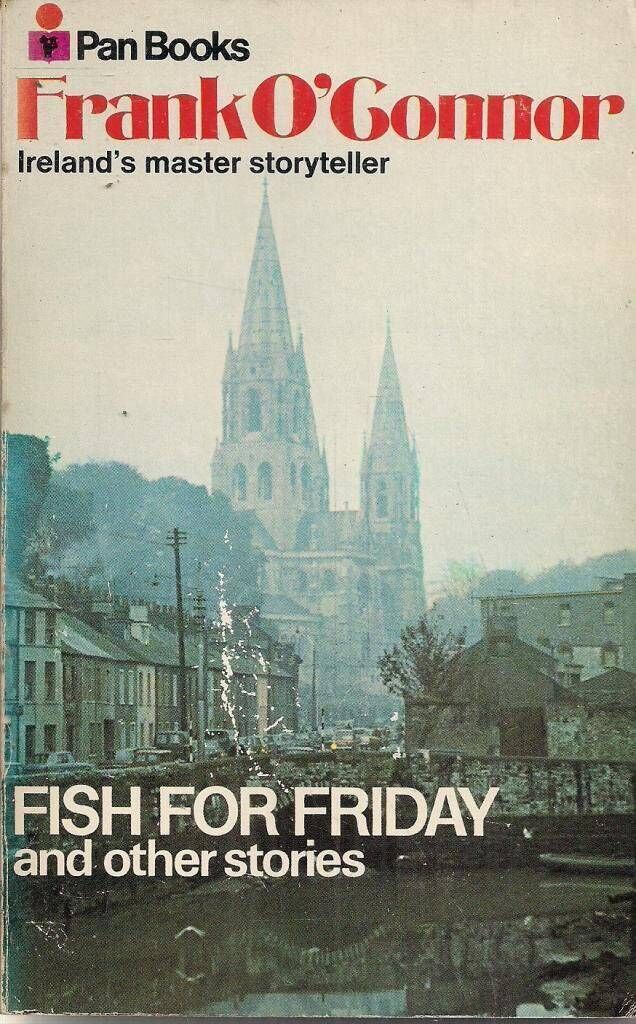
There’s another terrific example of this on the cover of Fish For Friday And Other Stories, which shows the end of French’s Quay with Saint Fin Barre’s Cathedral in the background. Again, there’s almost a hint of a mist, with the lines of the cathedral blurring slightly, thrown into relief by the sharper image of the buildings huddled in the foreground. (Did the photographer grab his image of the Holy Trinity in the morning, realise the effect the light was having on his pictures, and hotfoot it up to the South Gate Bridge to get his second pic of the day?)
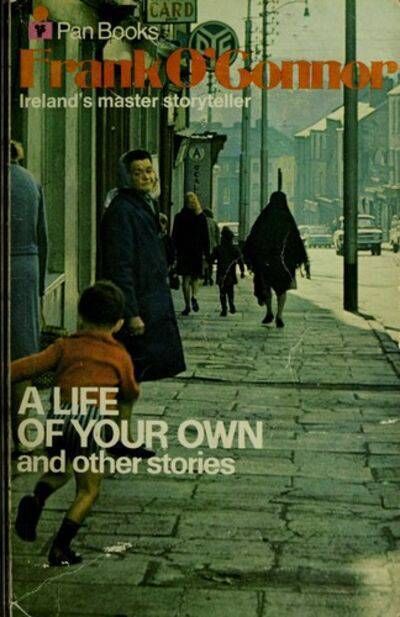
Other O’Connor book covers from the same Pan stable were surely taken by the same photographer, if not the same camera. The cover of An Only Child shows a child in short pants and sensible jumper contemplating Shandon — from Bell’s Field? — and one wonders what he was thinking.






